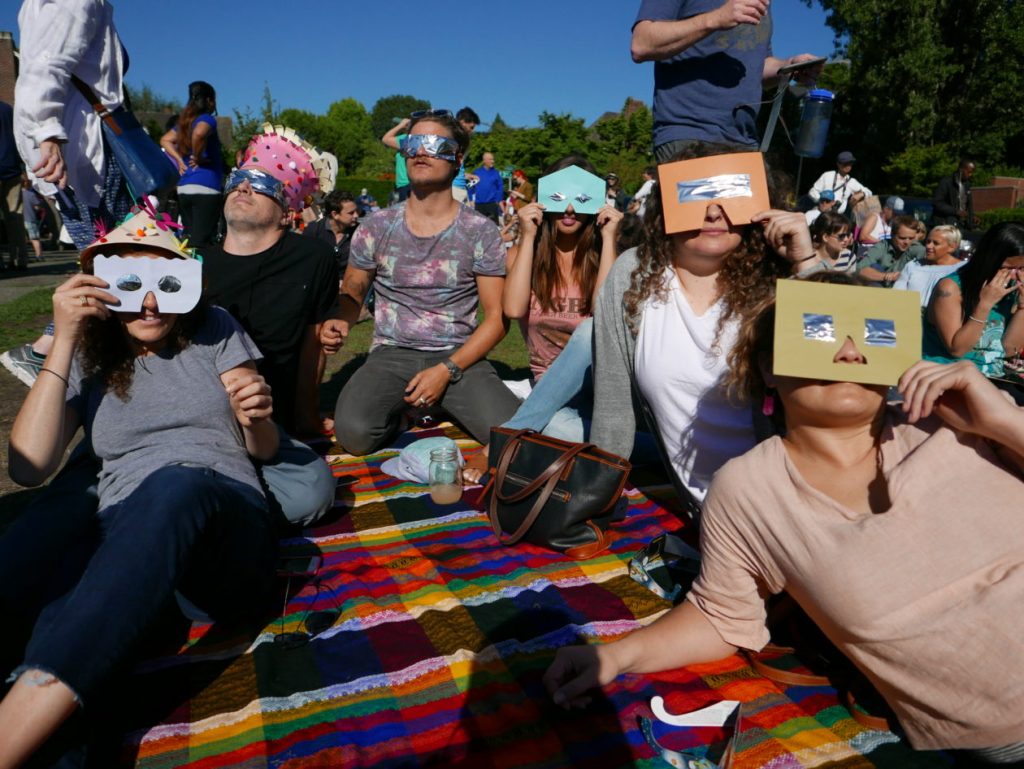A total solar eclipse will be visible across the United States on Monday, attracting hardcore eclipse-chasers from all over the country. The event is highly anticipated, and travel costs are at a peak. Witnessing a total solar eclipse in person is considered a must-do experience, with the last similar eclipse occurring in 2017 in central Oregon. For those who still want to witness the eclipse, like the author of the content, there are still options available.
Despite initially having to pass up on the opportunity due to a sudden cold, the author received a last-minute invitation to join a family member in Indiana for the eclipse. After booking a flight from Seattle to Cincinnati and securing a room near Nashville, Indiana, the author is preparing for the influx of visitors, potential traffic, and the challenges of internet service in the totality zone. The experience of seeing day turn to night during a total solar eclipse is described as magical and unforgettable.
For those unable to travel to the path of totality, there are ways to participate in the eclipse experience online or view the partial eclipse from their locations. In the Pacific Northwest, the eclipse will only obscure 20% of the sun, so specialized viewing equipment is needed to observe the partial eclipse safely. Options include eclipse glasses, pinhole cameras, or projecting the eclipse using everyday objects. The forecast for Seattle on eclipse day predicts mostly cloudy skies, making it challenging to witness the event.
If viewing the eclipse online is the only option, NASA, the Exploratorium museum, and other organizations will be live-streaming the event. Launching a series of webcasts from various locations along the path of totality, viewers can still witness the eclipse online. Television networks are also planning live coverage of the eclipse. An online twist to the eclipse coverage includes a collaboration between Twitch.tv/nasa and other gaming organizations, featuring eclipse-themed versions of popular games alongside live eclipse footage.
Looking ahead to the future, eclipse watchers anticipate the next rendezvous with totality in America’s heartland in 2045. Eclipse coverage has significantly evolved since 1979 when the author witnessed his first total solar eclipse. As technology advances, experiences such as viewing an eclipse via telepresence or flying cars may become possibilities. The author plans to share his experience from Nashville, Indiana, as well as other locations within the eclipse zone, in a follow-up report.


